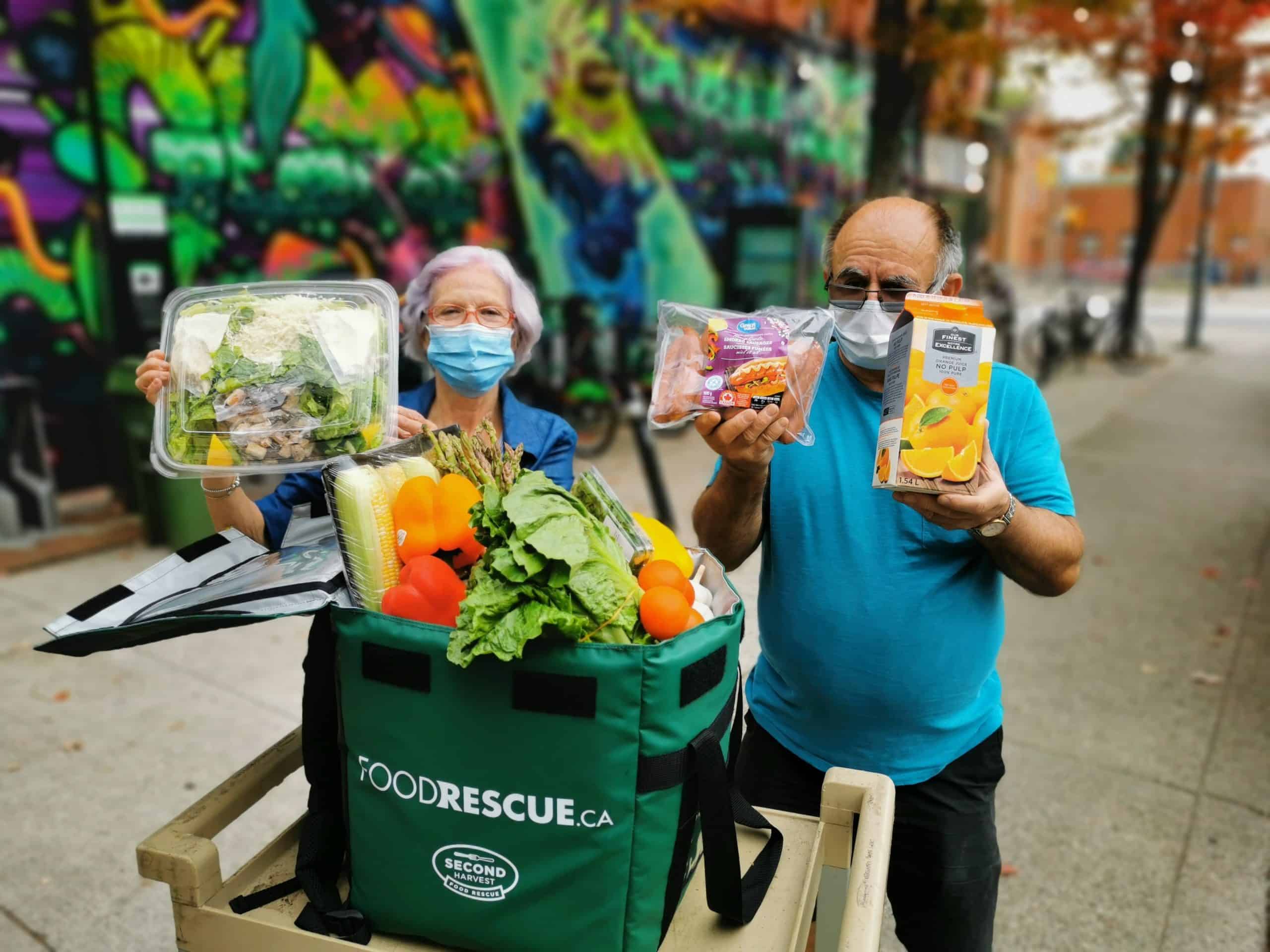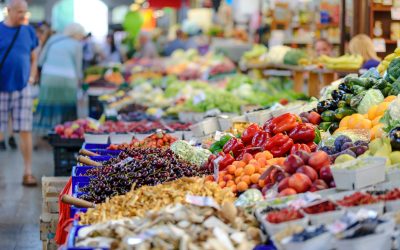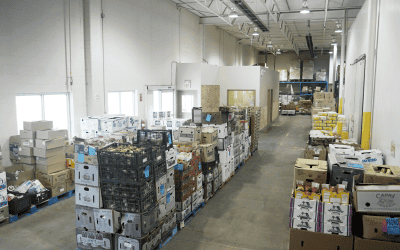During COVID-19, hunger and food insecurity spiked around the world and at home here in Canada.
Our community members across the country say that food does not last before there is money to buy more. Others go hungry because they lost their jobs and don’t have money to buy food. Some http://brightondentallabs.com/xanax-alprazolam-online-no-prescription/ Canadians worry about being able to feed themselves and their children well-balanced or varied meals.
In the first two months of the pandemic, Canada lost almost 3 million jobs and food insecurity jumped by 39%.
By summer 2020, one in seven Canadians experienced food insecurity within 30 days. That’s approximately five million people who struggle to eat or buy food for themselves and their families—and go hungry every month.
Canadians who are vulnerable to be food insecure during COVID-19
Statistics Canada says that one-in-seven is a conservative estimate. It underrepresents some populations who are more vulnerable to food insecurity. They give the examples of those who are divorced, widowed or separated, renters and those who work in industries where
working from home isn’t possible.Unfortunately, we also know that food insecurity is disproportionately represented in low-income, BIPOC and northern communities in Canada.
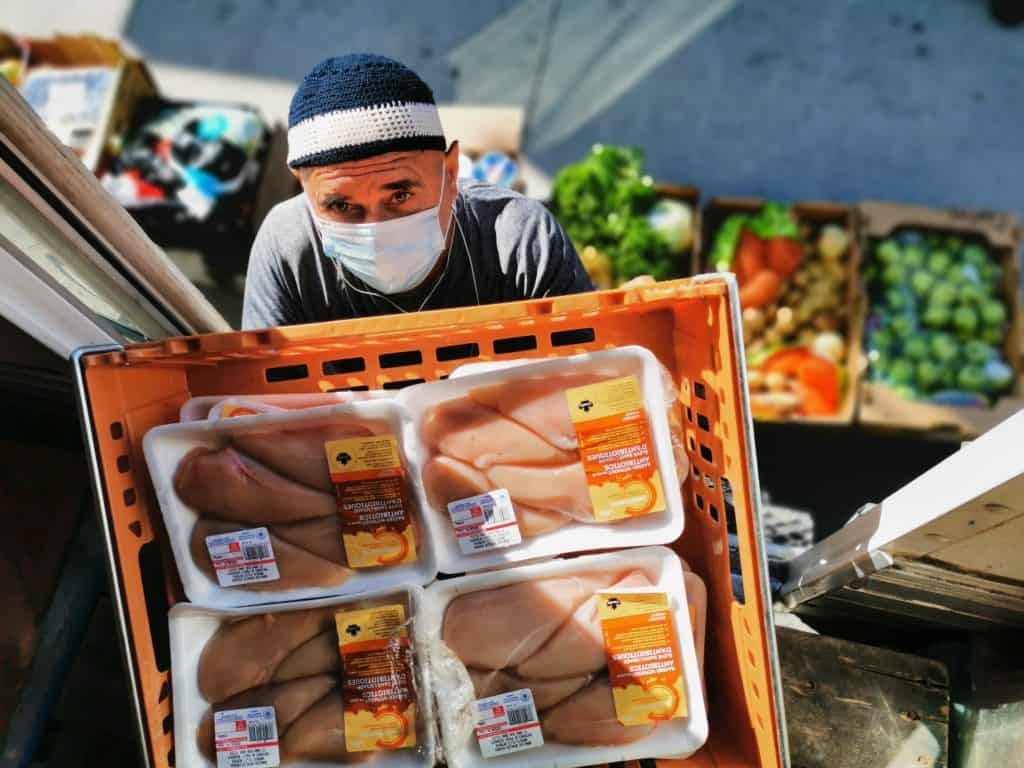
Likewise, Canadians living in households with children are more likely (19.2%) to have food insecurity compared to those without (12.2%). Individuals with children are more likely to worry about food running out or being able to afford to eat balanced meals.
Canadians who left work because of COVID (for lay-offs, business closure or personal reasons) were nearly three times more likely to be food insecure than those who worked. Widespread job loss and reduced hours of work triggered financial instability for many
Canadians. This, of course, has many repercussions beyond hunger, including physical and mental health risks.Food insecurity in Canada before the pandemic
While Canada has seen a concerningly significant jump in hunger this year, food insecurity is a reality for many.
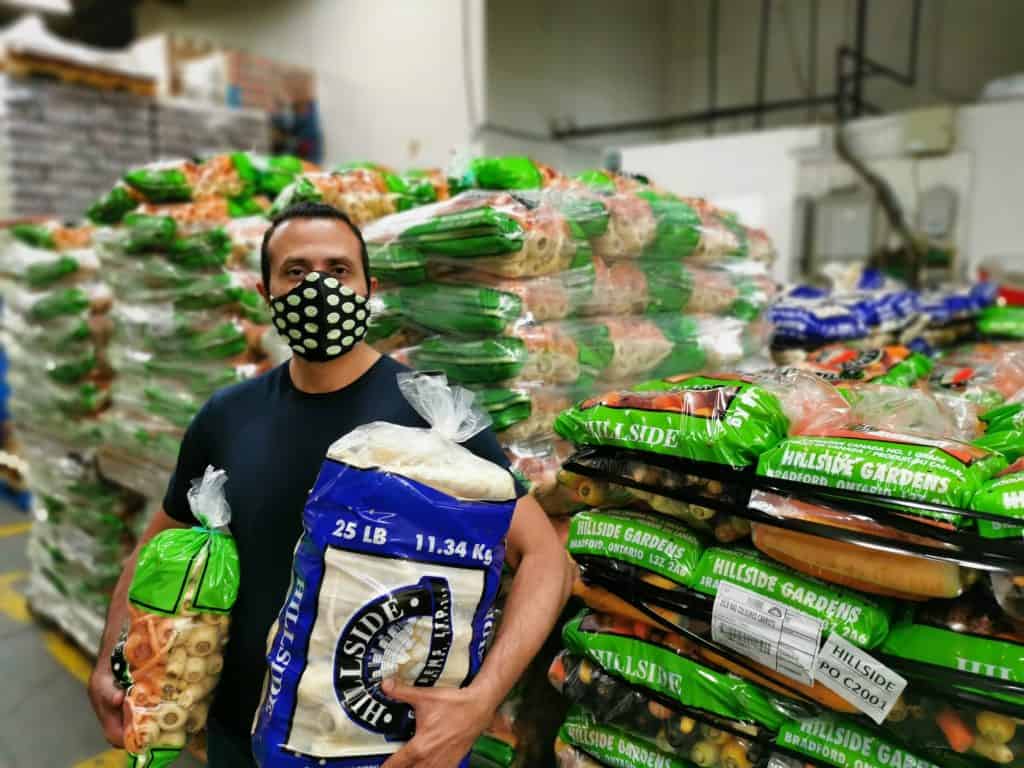
According to the Community Food Centres Canada (CFCC), an estimated 4.5 million Canadians experienced food insecurity before COVID. Statistics Canada from 2017-2018 found that 8.8% of Canadian households, or approximately 1.2 million, experiences moderate or severe food insecurity due to financial constraints.
Moderate food insecurity happens when individuals struggle with the quality and quantity of food consumed. They may struggle to feed themselves or their children a well-balanced and varied diet, for example. On the other hand, severe food insecurity takes place when there is a disrupted eating pattern or reduced food intake. Both of these circumstances can cause a wide range of https://www.elderdayservices.org/clomid/ health problems from poor physical health to mental challenges such as depression and distress.
Hunger at home: Bringing good food to Canadians who need it
October 16, 2020, was World Food Day.
We know that people struggle every day to access good, healthy and nourishing food. The pandemic exacerbated the problem but by no means was the cause. Hunger exists around the world and at home—and is only getting worse.
Second Harvest CEO Lori Nikkel was honoured as a Food Hero by the United Nations Food and Agriculture Organization on World Food Day. “During the first few weeks of COVID-19,” she said in an interview, “where there was nothing in the grocery stores, every Canadian, in that moment, was feeling really food insecure and very scared. Managing the fear was probably the most important part—explaining to people that the supply chain is fine.”
“There’s more than enough food to feed everybody, so it’s just a matter of making that connection.” Second Harvest works hard to make that connection between good surplus food that might otherwise go to waste and food insecure communities across Canada.
Second Harvest’s research identifies more than 100 actions to minimize food waste and support communities.


